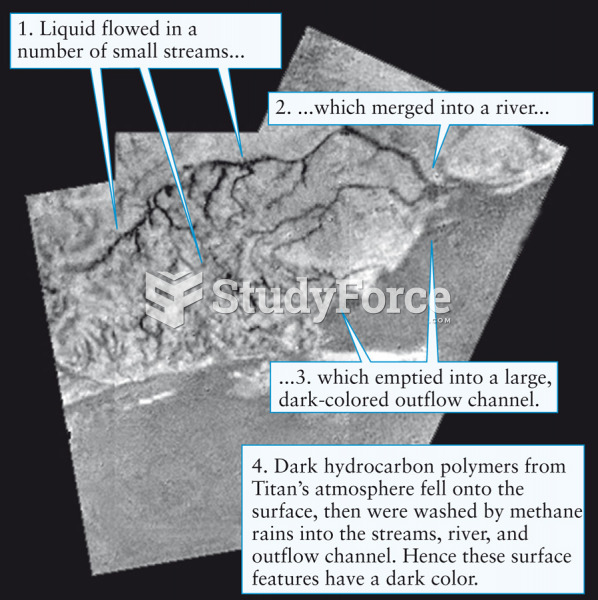Answer to Question 1
America saw an artistic boom in the mid-twentieth century and, for the first time, led the world into new styles of painting. The radical new style called abstract expressionism had its roots in the European modernism, but also embrace the role of chance with existential fervor. Abstract Expressionist paintings are usually nonrepresentational, executed on large canvases, and feature paint strokes applied in a loose, free, and instinctive manner that emphasized the physical gesture the very act of painting. This last characteristic is fundamental to Jackson Pollock's work, whose style became known as action painting. Pollock's canvases are baffling studies in sensation, density, and rhythm, but they are apt metaphors for an age that defined physical reality in terms of process, uncertainty, and chance. The works of Mark Rothko consist of translucent, soft-edged blocks of color that float mysteriously on the surfaces of yet other fields of color. More than just splotches of color, Rothko's canvases attempt to inspire religious or mystical experiences in the viewer, as the painter sought to express the basic human emotions: tragedy, ecstasy, and doom.
Music at mid-century also heavily featured the element of chance. The American composer John Cage, a devotee of Zen Buddhism, once defined music as a combination of sounds (specific pitches), noise (nonpitched sounds), and silence, with rhythm as the common denominator. Everything we do is music, he insisted. Many of Cage's works were radically experimental, especially in their use of aleatoric processes (based on chance or random procedures). Similarly, dance choreographer Merce Cunningham (Cage's partner in life) rejected the narrative, storytelling dance style of his teacher Martha Graham and he concentrated exclusively on movement and form. In his use of clean, expansive body gestures, actions such as running, jumping, and falling, Cunningham's work shares the raw energy and spontaneity that typify the canvases of the abstract expressionists.
By the middle of the twentieth century, public architecture assumed a distinctly international character. The principles of International style architecture, based on the use of structural steel, ferroconcrete, and glass, had gained popularity through the influence of Bauhaus-trained architects and Le Corbusier. The Dutch architect (and the last director of the Bauhaus) Ludwig Mies van der Rohe designed sleek, unadorned buildings that followed his less is more motto. Later architects, such as Eero Saarinen and Frank Lloyd Wright, incorporated romance and the natural world into their designs.
Answer to Question 2
Building on the philosophy of Sartre, mid-century writers explored meaning in an anxious and alienated society. The utopian and dystopian genres provided a dialectic approach: utopian literatureis optimistic and exalted science as a positive force in shaping the future; dystopian literature is pessimistic, fearing that modern technology might produce catastrophes and societies will become dreadful and bleak.
The postwar era also witnessed the birth of a new kind of literary hero: one who, deprived of traditional values and religious beliefs, bears the burden of freedom and the total responsibility for his actions. This antihero takes up the quest for meaning: alienated by nature and circumstance, he makes choices in a world lacking moral absolutes, a world in which no act might be called good unless it is chosen in conscious preference to its alternatives. Unlike the heroes of old, the modern antihero is neither noble nor sure of purpose. This hero perfectly reflected the modern person and appeared in all types of literature in every part of the world.







